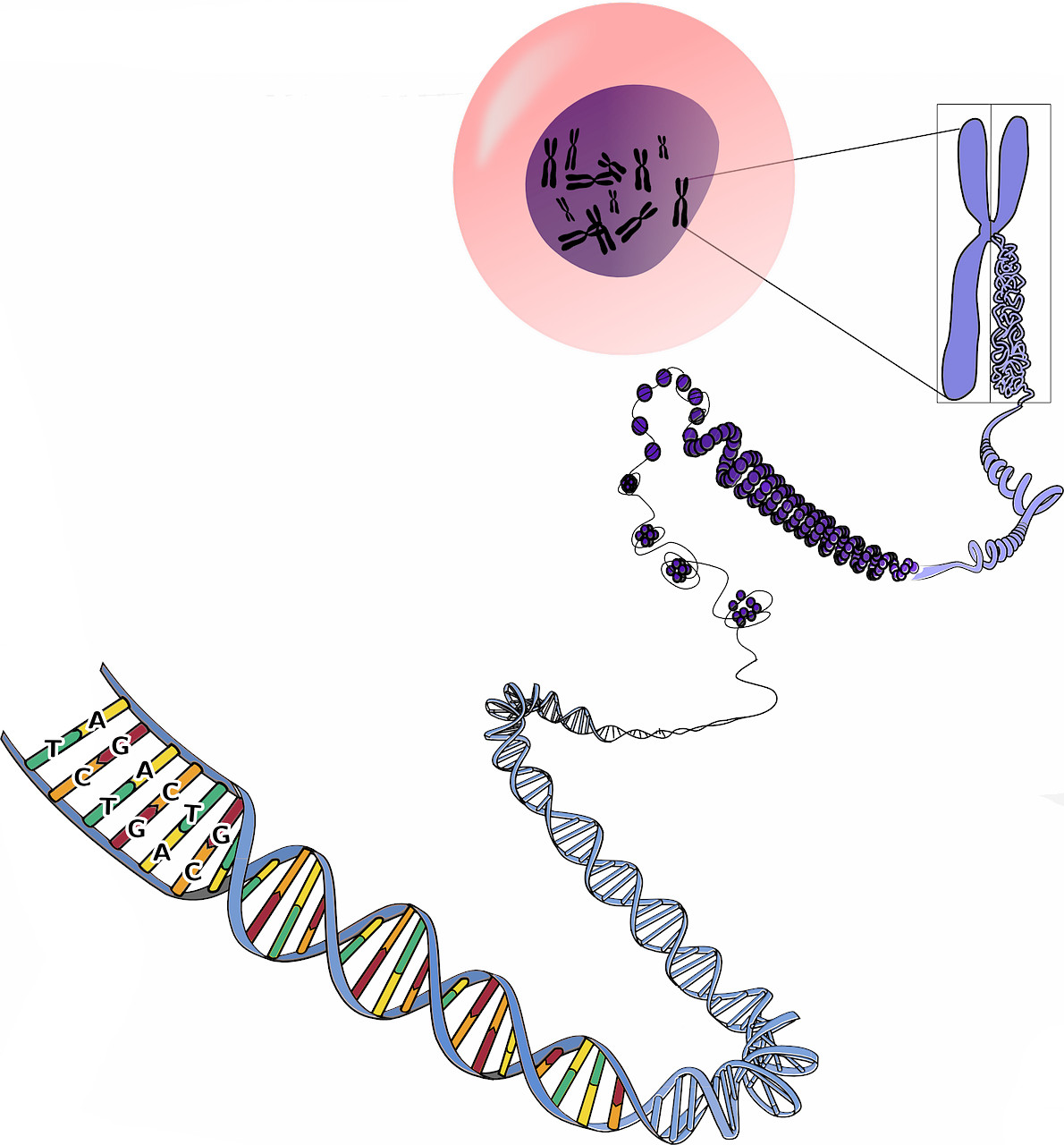Biological and chronological age
While a person’s chronological age is the time elapsed since birth, biological age is directly related to physical and mental status, regardless of chronological age. Biological age is an approximation of how long a person could live.

Biological age indicates the actual energy expenditure resulting from the passage of time and is related to physical and biological changes in cellular structures, tissues, organs, and systems. To study the difference between a person’s biological and chronological age (regardless of their health), we analyze telomeres.
Telomeres are structures found at the ends of chromosomes that provide stability, preventing the loss of genetic information from the cell. As we age, our body’s cells reproduce, and with each cell division, telomeres shorten until they disappear. Thus, telomere length is a good biomarker of biological age and, therefore, of the degree of aging.

There is solid evidence that telomere shortening is one of the mechanisms responsible for the aging process. With telomere measurement, both genetic and environmental factors are integrated, and in this way, a more precise idea of the risk factors and, above all, of the disease-free lifespan can be obtained, which is the priority of Longevytum.
We perform telomere length testing using TAT® (Telomere Analysis Technology®), which provides the most accurate measurement on the market.
Información y conceptos
Chronological age
Time elapsed from the person’s birth to the present moment
Biological age
The actual depletion of an individual’s energies due to the passage of time. We can determine a person’s biological age by studying the telomeres of the chromosomes in their cellular tissues.
Telomeres
Telomeres are a structure located at the end of chromosomes. They shorten each time a cell reproduces until they reach a point where they can no longer divide. Cells with short telomeres undergo senescence and eventually die.
TAT Analysis
The TAT (Telomere Analysis Technology®️) is the only test capable of measuring the percentage of short telomeres in individual cells.
